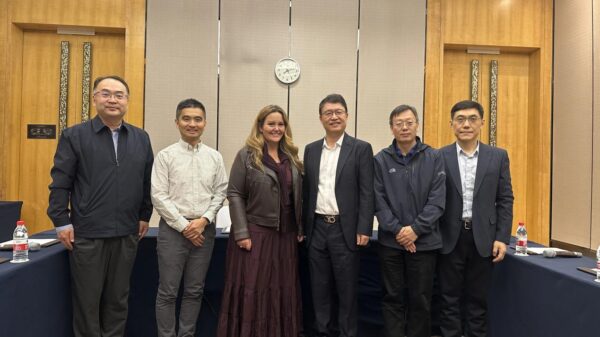The U.S. Supreme Court has agreed to hear a significant case concerning the policy of limiting asylum seekers at the Mexican border. This review focuses on a controversial practice known as “metering,” which restricts the number of immigrants allowed to apply for asylum until processing space becomes available.
The case stems from a October 23, 2024 ruling by the Ninth Circuit Court of Appeals that deemed the metering practice unconstitutional. The Trump administration has appealed this decision, asserting that it undermines the government’s ability to manage immigration surges effectively. The Department of Justice (DOJ) filed a petition for a writ of certiorari on July 1, 2025, seeking the Supreme Court’s intervention.
The History of Metering
Initially implemented during the administration of President Barack Obama, metering was designed to manage the flow of asylum seekers at the U.S.-Mexico border, particularly near San Diego and Tijuana. The policy was expanded during President Donald Trump‘s first term in response to a dramatic increase in immigration in 2016, applying to all border crossings. Metering effectively halted the entry of asylum seekers until officials could address the backlog of claims.
The practice came to an end in 2020, as the onset of the COVID-19 pandemic prompted further restrictions on asylum applications. In 2021, President Joe Biden formally rescinded the use of metering, citing the need for a more humane approach to immigration.
The DOJ’s petition argues that the Ninth Circuit’s ruling deprives the Executive Branch of a vital mechanism for managing border surges and preventing overcrowding at ports of entry. The Supreme Court’s decision on this matter could profoundly impact U.S. immigration policy and the treatment of asylum seekers.
The case is anticipated to be heard in late winter or early spring, marking a pivotal moment in the ongoing debate surrounding immigration practices at the U.S. border. The implications of the ruling will likely resonate throughout the immigration system and influence future administrations’ handling of asylum claims.






































































